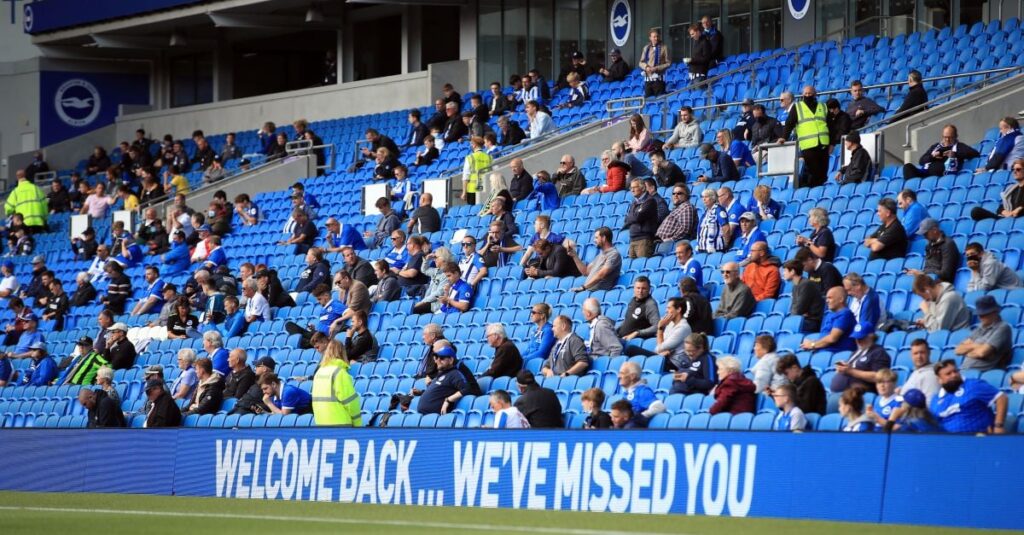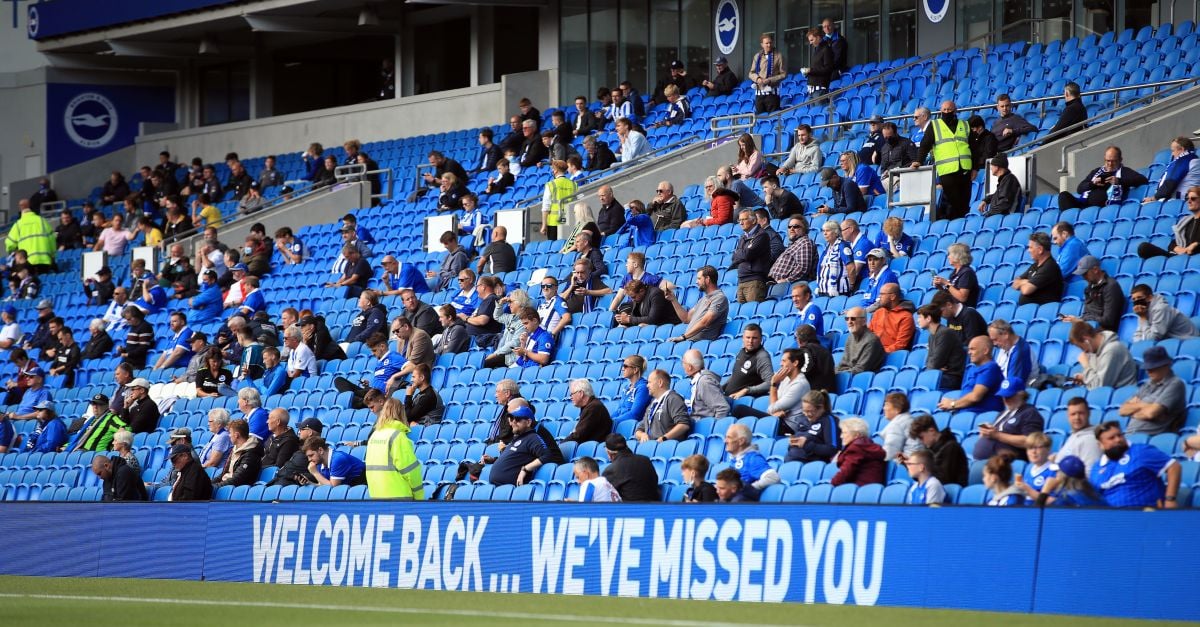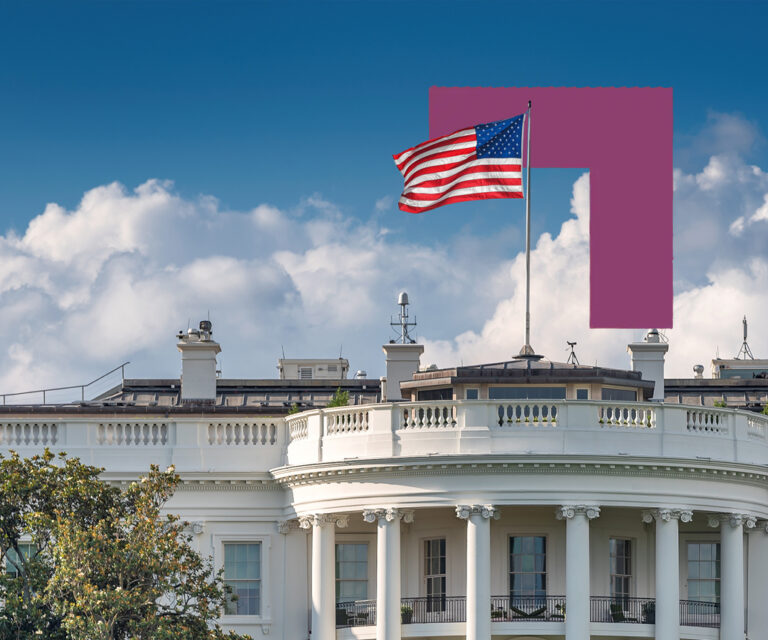-
Opening days
The April edition of the Macro report includes more optimistic signs than many of our previous statistical summaries of the past year. Perhaps this sense of optimism is in part driven by the fact many of the contributors to this Macro report live in Chicago, where flowers are emerging after a rough winter and vaccinations will reportedly soon be available to everyone later this month. Whatever the exact factors may be, the building optimism about the expected re-opening later this summer is palpable and exhilarating.
The big question for many real estate investors remains: Will people start going to their offices and to shopping centers again when they feel safe, and will tenants renew their leases when they come due?

Before turning to the data that is changing for the better, we first acknowledge that the pandemic is not yet over and the global number of new COVID cases is on the rise again. There is a race between the spread of COVID variants and the deployment of vaccinations (believed to be closely linked to the pace of vaccine production). The coronavirus variants seem to be winning that race in many countries across Europe, the Americas, and South Asia. The variants may delay economic recovery, especially in developing countries, and hopefully suffering can be contained during that delay. Yet, the macro deck also shows that eventually most of the developed world will soon be able to move to a more normal way of life.
In many places signs of re-opening are becoming tangible. Some of the new data sources we used to measure the severity of the decline in economic activity a year ago are now tracking along a strong recovery trajectory. US air travel declined significantly a year ago. It started to recover in the summer, only to fall back as the winter surge hit, even with modest increases for holiday travel. Now air travel has climbed back to the highest levels since March of 2020. The same trends are seen in mobility (p. 13-14) and restaurant reservations (p. 12). This points to the pent-up demand ready to be unleashed as people feel safe traveling and eating out again. The recovery signals are also evident in a steepening yield curve in the US, UK, Canada and other countries where interest rates are trending higher (p. 19-20) and inflation expectations are rising (p. 21).
The big question for many real estate investors remains: Will people start going to their offices and to shopping centers again when they feel safe, and will tenants renew their leases when they come due? (see p. 26, 44-45). While Zoom dinners and concerts have been a distant second best to the real thing, the general functionality of Zoom meetings and avoiding commutes makes the outlook for office demand more uncertain.
Professional and amateur sports are also experiencing re-openings around the world. Sports revenues generate an estimated $500-$800 BN each year-equivalent to between the GDP of Sweden and the Netherlands. When the Pandemic slammed into Europe and North America in March of 2020, virtually all team sports shut down. By summer, many leagues were back to limited operation, often without fans, and even in contained “bubbles.” Places with greater COVID control, like New Zealand, had full stadiums, but most team sports were limited to domestic competition with highly restricted attendance. Major League Baseball in North America and Formula One are useful trackers of this cycle, because the start of their 2020 seasons coincided with the Pandemic—(see p. 7). The Summer Olympics will proceed in Japan, one year after originally scheduled, but in front of a much-reduced audience, as foreigner spectators will not be permitted to come. Many other international sporting events (e.g. Davis Cup, T20 Cricket World Cup, Ryder, Cup, Tour de France, Giro d’Italia, UEFA Euro 2020/1, Wimbledon) and many cultural events are planning to proceed cautiously. International travel will have to wait until projects like “CommonPass” or “Excelsior Pass”, the first digital vaccine passports, are widely embraced by airlines and, most importantly, immigration and border control ministries in each country.
Highly constrained sports venues and international travel restrictions are examples of how economic and social trends will still be far from normal in the coming summer months. They also illustrate the “long impact tail” that the pandemic is likely to have on our lives and on real estate markets.

Nov 19, 2024
ISA Outlook 2025
Shifting interest rates, dynamic occupier fundamentals, deepening bifurcation within sectors: how should real estate investors respond?




